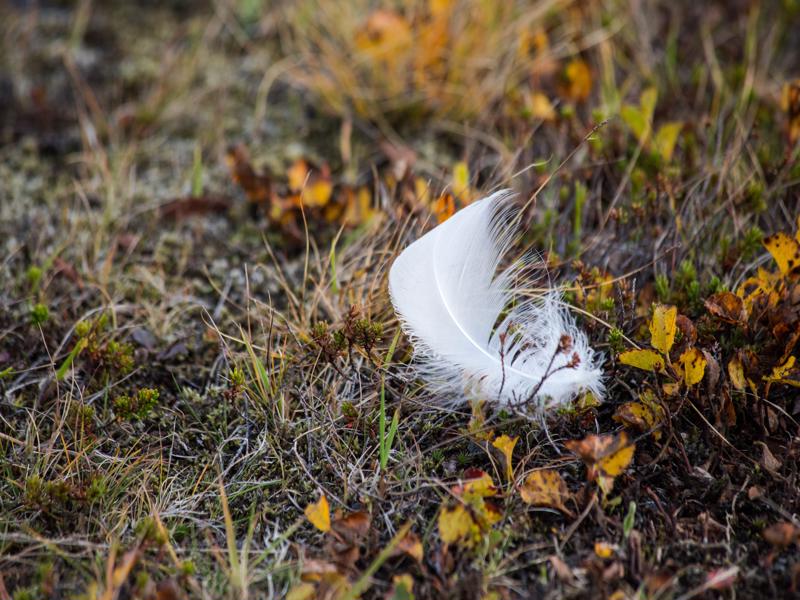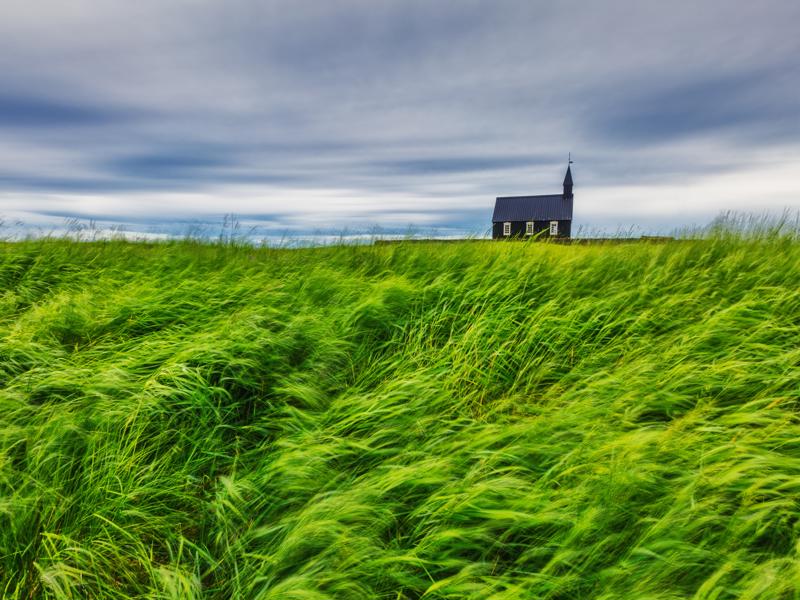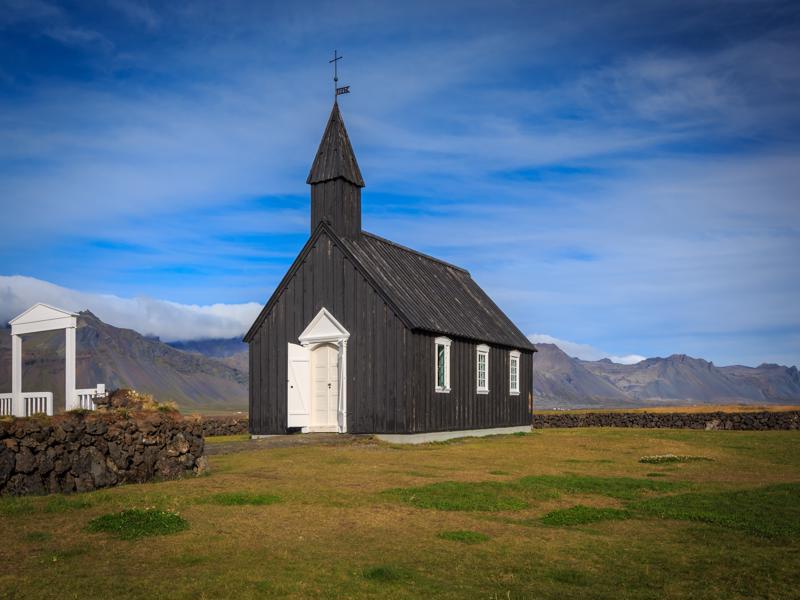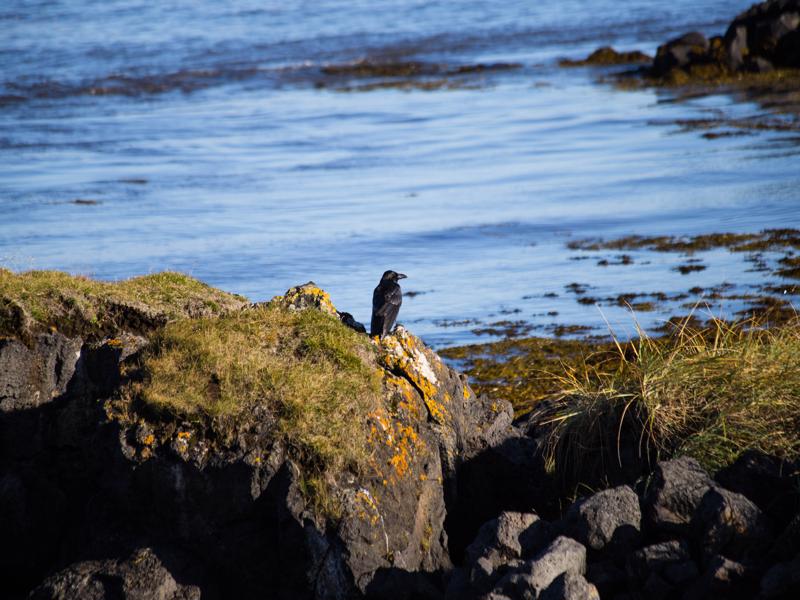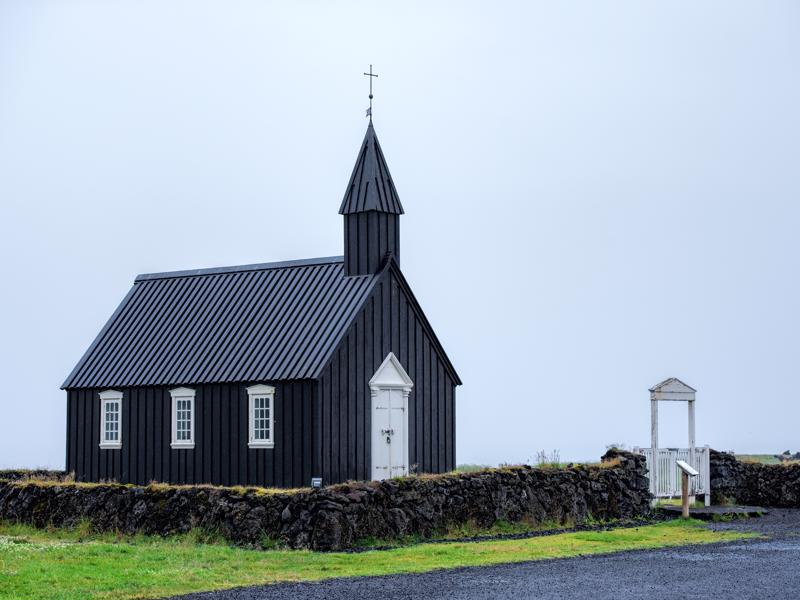Budir (Búðir) Church, Beach and Lava
Budir (Búðir) Church, Beach and Lava
Even on a blustery day, Budir is one of those memorable places that rarely fails to impress. You'll find a tiny church overlooking a glorious golden beach, framed by basalt rocks and dunes; a brooding crater and its lava flow, sheltering tiny fern gardens jammed in dark crevices; a range of shapely peaks melting into the distance.
The original church at Budir was built in 1703. Although the parish was abolished in 1816 a local lady fought hard for it to be re-established and finally saw her wish granted in 1847, with the new church built on the same foundations the following year. And in 1987 another church was built to the original design – ask at the hotel if you wish to visit.
The altarpiece is from 1750, the brass candlesticks from 1767, an old clock from 1672, and there is an interesting circular door knob from the 1703 church. The view from inside the church out through the open door frames Snaefellsjokull perfectly and is a popular view to photograph.
Take a leisurely stroll through the cemetery, the gate at the far end leads to the walking trail down to the beach. For a longer walk continue on the trail through the dunes to some indistinct remains of a trading post housed in turf and stone huts by the beach. These were the original Budir - the word is similar to the English 'booth' that today means 'shops'.
You can also take the easy trail across the lava to the 88m high crater Budaklettur, which erupted 5000-8000 years ago. Allow 2 hours for the return hike.


